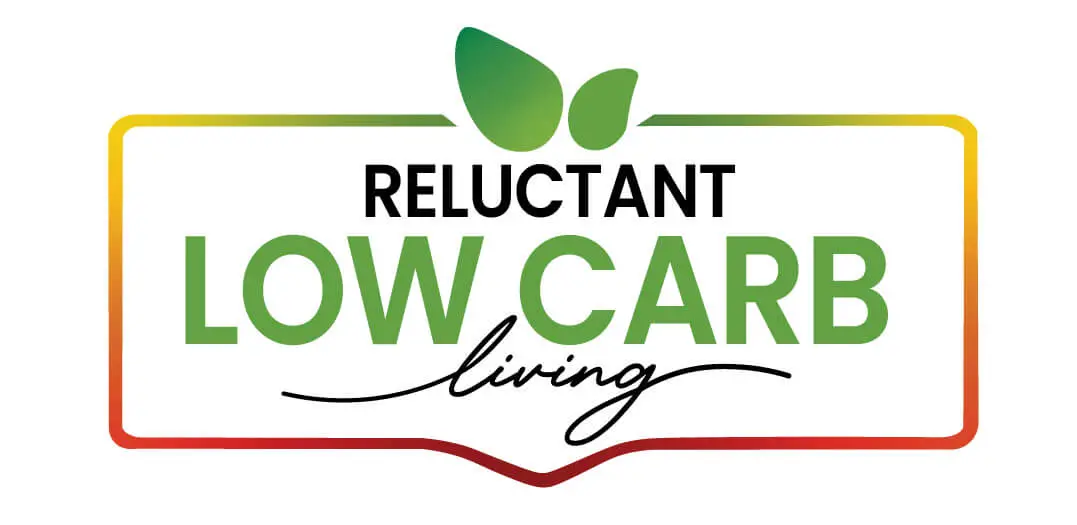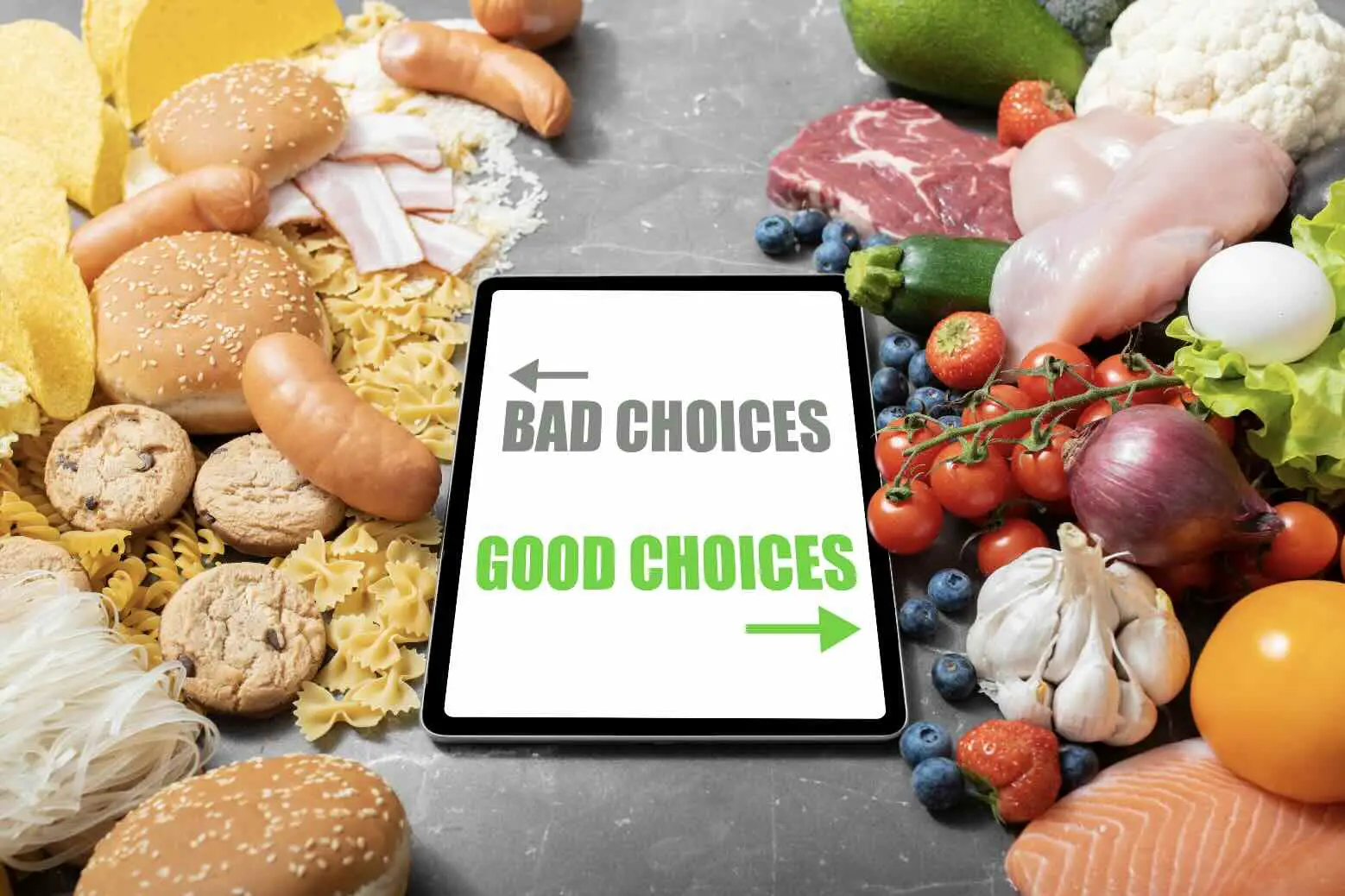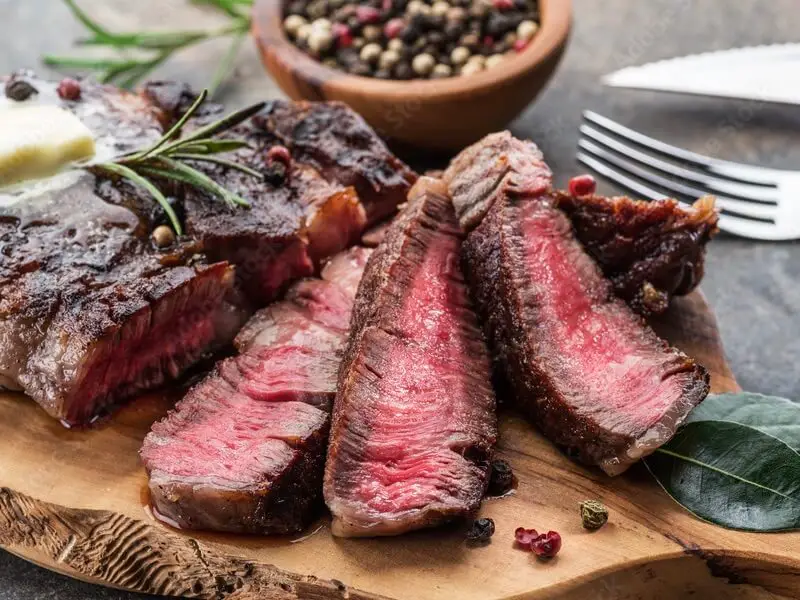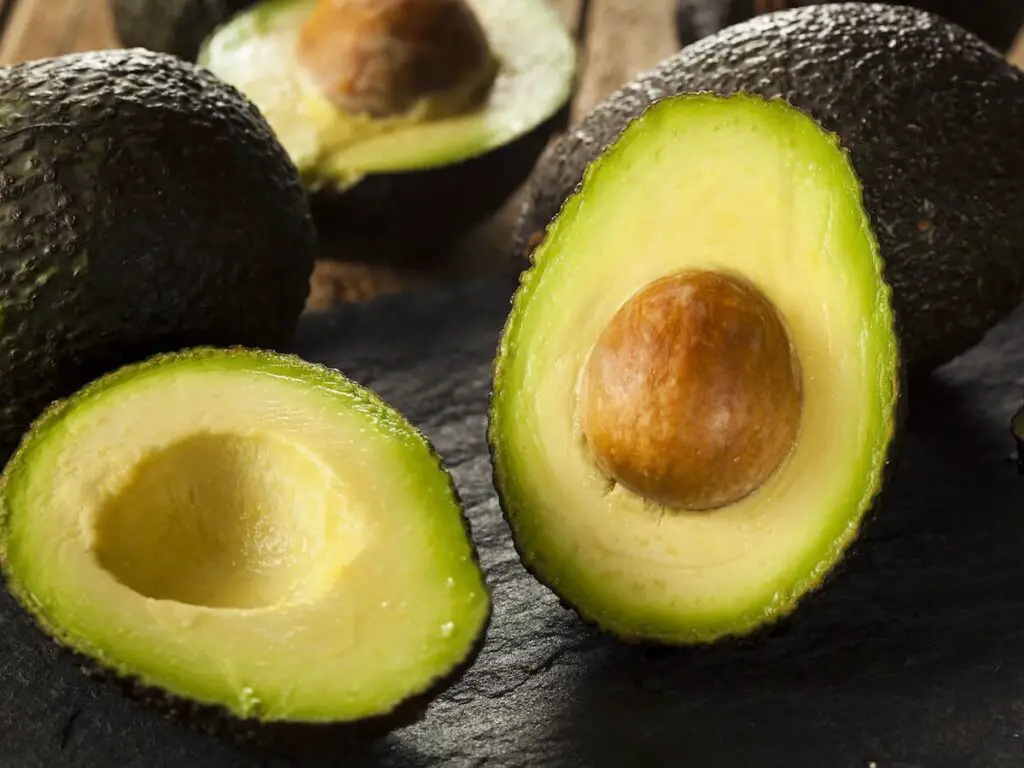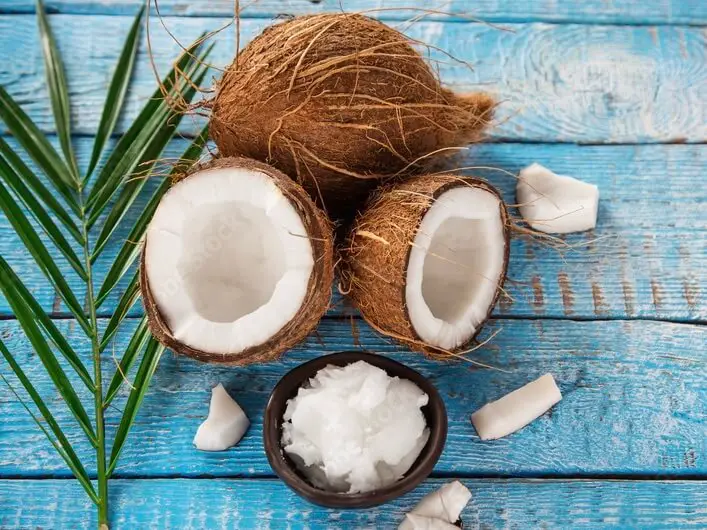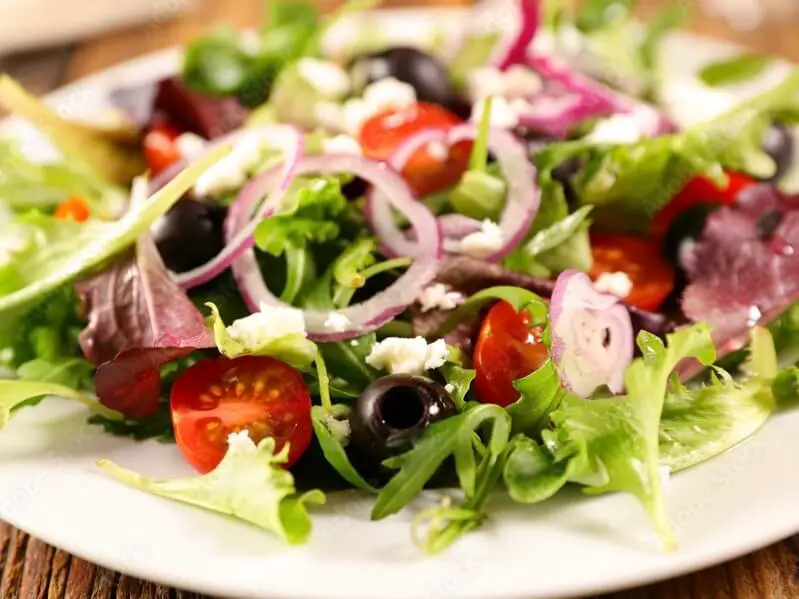In the rapidly changing landscape of today’s food industry, our plate’s typical components have significantly evolved. We have come a long way from simple, minimally processed meals, giving way to a whole new range of processed and ultra-processed items. Generations ago, ‘food processing’ was as simple as drying meat in the sun or fermenting wine.
Fast forward to the 21st century, and it is an entirely different scene altogether. Our food has become ‘ complex, ‘ from mass-produced ready-to-eat meals to instant mixes full of additives, preservatives, and numerous unknown ingredients. This comprehensive analysis aims to unravel the confusion, providing a clear perspective on processed vs. ultra-processed foods, their production, potential health risks, and much-needed healthier alternatives and strategies for more mindful eating choices.
Table of Contents
- Understanding the Concept
- The Process of Processing: A Deep Dive into Food Production
- Health Implications
- Taking Control: Healthy Alternatives and Lifestyle Choices
- Related Question
Understanding the Concept
Decoding Processed and Ultra-Processed Foods: Creating a Conscious Kitchen
Let’s envision a scene straight out of our everyday lives: a hurried breakfast with cereal and milk, a meal deal from the local deli for lunch, and a seamless delivery of pasta for dinner. Yep, it’s just another day in the fast-paced life.
But let’s pause and ponder for a moment. Besides the common convenience link, guess what other string binds these foods together? They are all examples of processed or even ultra-processed foods.
Right now, you might be thinking, what’s the real deal with processed and ultra-processed foods? Are they as villainous as they’re made out to be? Brace yourselves because we’re about to unravel the enigma that is processed food and why it’s time to embrace a more conscious lifestyle choice.
Processed foods are any foods altered from their natural state for safety reasons and convenience. This encompasses everything from canned fruit cheese to roasted nuts.
Truthfully, not all processed foods are unhealthy – shoutout to the Greek yogurt and tofu enthusiasts! It’s about tuning into the types of processing involved and the nutritional value retained.
However, as we slide down the spectrum, we encounter ultra-processed foods – the most modified versions of food. Picture this: fizzy drinks, packaged snacks, instant noodles, and most things come in a box or a bag. These foods often contain additives, artificial flavors and colors, and high sugar, salt, and fat levels. Sneaky, right?
The appeal, of course, lies in their longer shelf life, mouth-watering tastes, and sheer ease of preparation. But, this convenience comes draped in the heavy cloak of high calories, low nutrients, and a potential Pandora’s box of health issues such as obesity, heart disease, and diabetes.
Now, no one is suggesting an abrupt switch to an ascetic lifestyle that’s all sprouts and spinach. The goal should be embracing smart choices, increasing awareness, and promoting a wholesome diet.
Nobody’s perfect; we all love that occasional microwave popcorn or gelato scoop. The trick is to retain balance and moderation. Choosing whole foods, fruits, vegetables, and lean proteins more often while treating sugary, processed items as occasional indulgences can be a game-changer.
Let’s plan that conscious kitchen upgrade and add a sprinkle of mindfulness to our eating habits! Visualize a dietary glow-up that embraces natural, nutrient-rich foods and waves a polite but firm goodbye to unhealthy processing.
Let’s raise a toast (preferably whole grain) to a healthier, intentional, and stylish lifestyle. And remember, in the words of Virginia Woolf, “One cannot think well, love well, sleep well if one has not dined well.” So, let’s kickstart the journey of dining well with awareness and elegance.
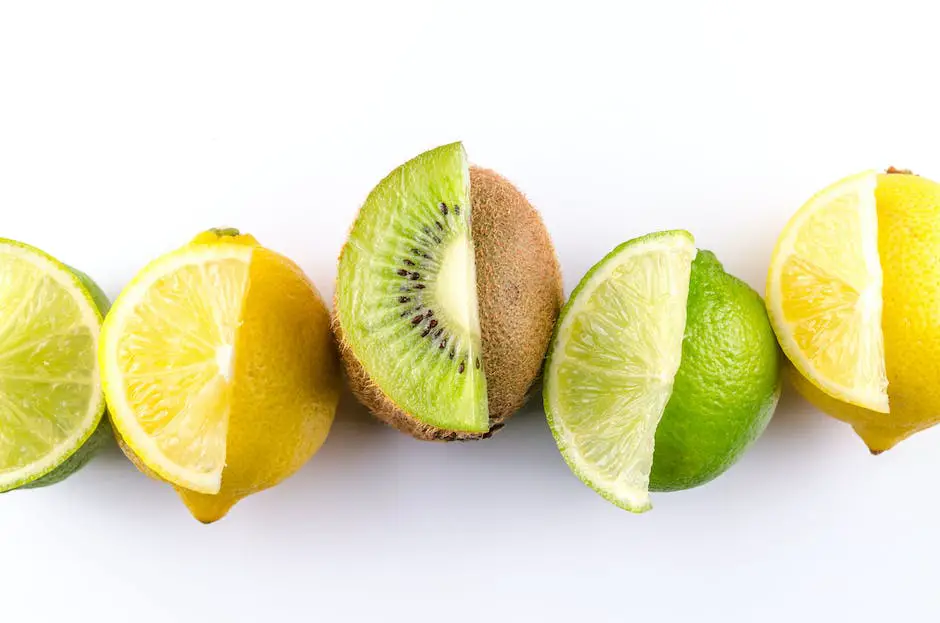
The Process of Processing: A Deep Dive into Food Production
Going Beyond Labels: The Making of Processed & Ultra-Processed Foods
As modern-day consumers, our lifestyle choices significantly shape the global food industry. Our grocery carts reflect our beliefs, attitudes, lifestyles, and Instagram-perfect dreams!
This article will add knowledge and insight to our home-cooked repertoire as we delve into processed and ultra-processed foods.
Let’s strip away the gloss and glitz of attractive packaging and decipher how our beloved jar of peanut butter or that guilty-pleasure bag of chips comes to life.
The journey of processed foods begins with simple procedures like freezing, canning, or drying that help extend a food’s shelf life or enhance its taste. From your can of chickpeas to a box of whole-grain pasta, each goes through a controlled process carried out in a sterile environment to preserve the goodness within.
Taking the voyage further, ultra-processed foods are more than just preserved; they are reassembled. Picture a big, puzzle-like assembly of ingredients – extracts, isolates, powders, sugars, oils, fats, all scientifically tweaked to give you a product that looks food-like but bears little resemblance to its original form.
That fluorescent cheese puff or that perfectly glazed donut from your favorite coffee shop is exemplary here.
Manufacturing ultra-processed foods incorporate numerous industrially formulated mixtures, often with additives intended to imitate the sensory qualities of wholesome foods or disguise undesirable features of the final product.
These behind-the-scenes manipulations result in calorie-packed food items loaded with salt, sugar, and unhealthy fats and void of fiber or nutrients.
So, what can be done? Can we still maintain our fabulous lifestyles without using these engineered food products? Yes, indeed! The shift towards better health doesn’t necessarily mean bland meals or depriving ourselves of culinary joy.
Eating stylishly begins by glancing at the overlooked aisle of fresh produce. Embracing these natural, nutrient-dense goods’ rich colors and complex flavors is one route to take.
Swapping ultra-processed food items for healthier alternatives, like choosing dark chocolate over milk chocolate sundaes or sipping on chilled herbal tea instead of soft drinks, adds a chic and healthy touch to our lives.
Cultivating a conscious kitchen is all about knowing what’s on your plate. Understanding the ingredients used, their nutritional value, and their effects on your body is vital. Opt for labels that reveal a minimal, understandable list of ingredients, leaning more towards products that don’t require a degree in chemistry to decipher.
Remember, cultivating a fashionable life isn’t just about wearing the right clothes or decorating homes with luxe furniture. It’s about nurturing a radiant, healthy lifestyle, one conscious food choice at a time.
And, as we become more educated and aware, our lifestyle can transform into an influential statement, inspiring others to reevaluate their food choices. In conclusion, a careful, mindful approach to our diet can make our lives picture-perfect, wholesome, fulfilling, and truly haute couture.

Health Implications
The Impact of Processed and Ultra-Processed Foods: Aesthetic Living, Authentic Eating
It’s a trendy mantra now – “You are what you eat.” As lovers of delicate design and fascinating aesthetics, we are all about creating and inspiring a beautiful, balanced lifestyle and a classic picture of health. We’ve talked about the plethora of processed and ultra-processed foods – but what are the implications?
We are creating an aesthetic online brand and developing a finely tuned awareness of how our food choices influence our well-being. Like with fashion collections, the secret lies in the details.
Let’s highlight the key players in this narrative – chemicals and additives. Sure, they can work wonders to extend products’ shelf life, heighten flavor, and even mimic the properties of natural ingredients. But this convenience has a hidden cost; excessively consuming these artificial elements can burden our precious bodies over time.
A note of reassurance: there is a difference between everyday processed foods (like canned tomatoes or frozen peas) and their ultra-processed counterparts. The former undergoes minimal processes to maintain freshness and are generally benign in small doses.
Ultra-processed foods, on the other hand, are akin to a designer knock-off, mixing a cocktail of additives and chemicals to mimic the flavors, colors, and textures of natural foods.
Aesthetics is about showcasing beauty – the harmonious balance of visuals and functionality. A fad food product chock full of chemicals and empty calories may look the part, but it doesn’t check the ‘functional’ box in the grand scheme of total health. Being a savvy consumer means looking past glossy marketing and examining a product’s essence, its ingredient list.
Much like curating a stylish outfit, picking nutritious foods over ultra-processed options is to select quality and authenticity over cheap imitations. It’s embracing the sheer simplicity of fresh produce, recognizing that an apple picked straight from the orchard is the dietary equivalent of a tailor-made piece crafted by a skilled artisan.
There’s so much truth to the age-old saying: “It’s what’s on the inside that matters most.” Nutrition labels offer great insights into what we are putting into our bodies. Opt for products with ingredients that sound like food instead of synthetic chemicals. A rule of thumb? If you can’t pronounce it, perhaps it’s better left on the shelf.
Embodying a conscious kitchen is not a trend but a commitment to ourselves and the planet. It’s about knowing where our food comes from, what it’s made of, and embracing nutritious choices that keep us in their best form aesthetically, physically, and mentally. It’s not just about creating beautiful meals; it’s about mindful consumption that fuels our bodies and keeps our spirits aglow.
A conscious lifestyle doesn’t happen overnight; it’s a journey where every choice matters. It starts with a realization, perseveres with knowledge, and thrives with informed decision-making. Ultimately, it stimulates a ripple effect — sharing our health, aesthetics, and wellbeing values with others.
So, let’s keep the conversation going. Our responsibility as modern-day consumers is to shape how we eat, look, and live. Mindful eating isn’t a fad; it’s a lifestyle statement.
It’s not about perfection but progress — one step, one decision, one beautiful, nutritious meal at a time. Here’s to creating and leading a life that’s as pleasing to the eye as it benefits our wellbeing.

Taking Control: Healthy Alternatives and Lifestyle Choices
Amidst our glossy, Instagram-worthy pictures of beautifully curated meals, let’s try to go beyond the aesthetics and consider the nutritional side of our food choices.
Even in a world saturated with convenient and enticingly packaged processed options, making appealing, nourishing, and consciously chosen meals is possible.
Pledging to the broad, colorful spectrum of farm-fresh grains, leafy greens, succulent fruits, and lean proteins isn’t just a delightful feast for the eyes – it’s a venture into a world of vibrantly-tinted health benefits. These alternatives can elevate your daily meals from a mundane necessity to an alluring sensory experience that you can savor while benefiting your health.
Let’s acknowledge that there’s an undesirable quantity of hidden aspects in the vast ocean of processed goods. Synthetic preservatives, food colorings, flavor enhancers – these additives often do a clever job of disguising themselves amid the ingredient lists under names that seem nearly impossible to pronounce. It’s crucial to be vigilant and informed about these often invisible intruders.
Wouldn’t it be empowering to glance at a food label, understand every component listed, and appreciate their contributions to your health and well-being? Say goodbye to scanning the ingredients and feeling baffled.
It’s important to realize that a food choice isn’t merely about satisfying a passing craving; it’s a declaration of loving respect toward your body. Each nutrient-packed meal is a step towards a more health-conscious and discerning lifestyle.
There’s an undeniable synergy regarding functionality and aesthetics in food choices. A plate blooming with various fruits, veggies, lean proteins, and grains is visually pleasing and nutritionally balanced. A handpicked selection of fresh produce can simultaneously cater to your taste buds, health, and even your Instagram feed.
Mindful eating is all about savoring the experience of nourishing your body. It’s about appreciating the textures, the flavors, the colors, and the nutritional profile of the foods you’re consuming.
And, as you set your journey towards a more conscious lifestyle, remember to cheer for each small victory. Discerning the difference between need and desire, mood-driven cravings, and nutrient requirements is a glorious declaration of self-awareness and self-love.
To appreciate the breadth and depth of this commitment, we need to realize that our food choices extend beyond our boundaries. Not only are delectable, nutritious, consciously chosen meals beneficial to our health, but they also contribute positively to the planet.
By steering clear from overly processed foods packed in single-use plastics, we are opting for a healthier and more sustainable lifestyle for our planet.
In conclusion, here’s an invitation to embrace life’s aesthetic and nutritious side. After all, converting each meal into a beautifully choreographed symphony of flavors, colors, and nutrient-rich choices is possible.
As we navigate this intriguing maze of culinary delights, let’s remember that the power to make better nutritional decisions lies in our hands, or shall we say, in our kitchen. Let’s make our next meal not just an act of sustenance but an act of love.
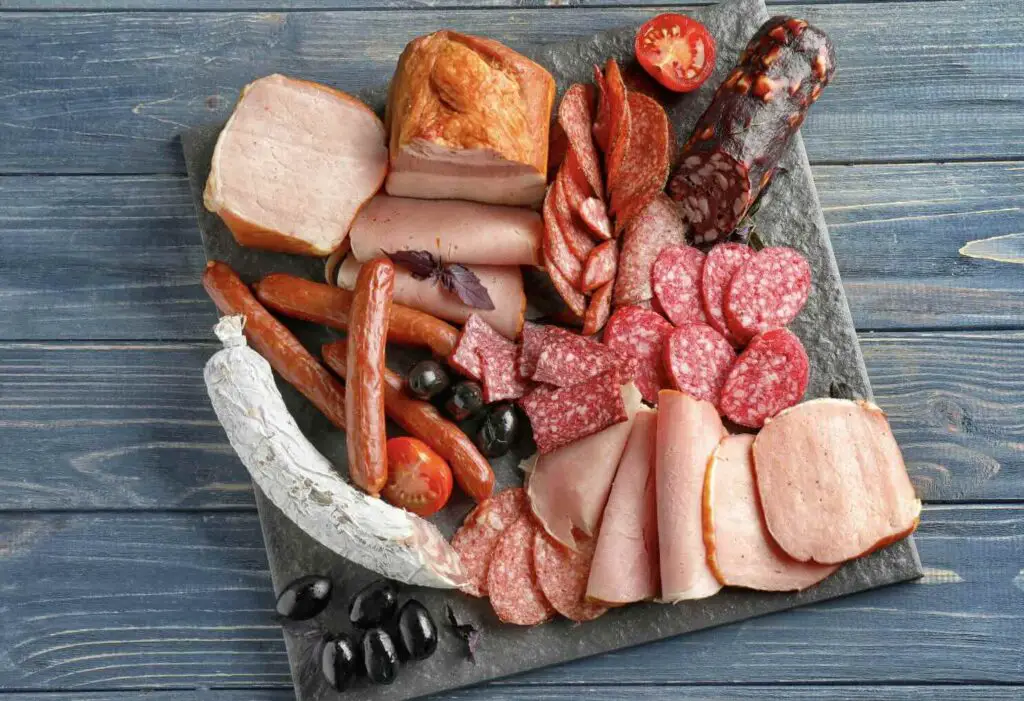
Food processing is here to stay. The demand for processed and ultra-processed foods will likely persist in a world that values convenience and speed. However, we can navigate this maze with the correct knowledge and conscious choices.
Opting to consume more minimally processed foods, recognizing and avoiding unnecessary additives and harmful preservatives, and reading food labels correctly can make a massive difference in our overall health and well-being.
The long-term benefits of such conscious choices on individual health, public health, and environmental sustainability are invaluable. As consumers, we have more power than we realize in shaping the future food landscape. So, let us explore, learn, and make wiser food choices because health is real wealth.
At Reluctant Low Carb Life, we are staunch advocates of the Health Trifecta: Fullness, Fitness, and Freshness. Additionally, we embrace the pillars of health, wellness, and graceful aging. Our mission is to provide honest and precise information to individuals dedicated to adopting a healthy lifestyle while enhancing their fitness and well-being.
We have a free monthly newsletter that is filled with information and helps you remain updated. Subscribe to the Reluctant Low Carb Life newsletter by clicking here.
Listen to our weekly podcast, Reluctant Low Carb Life, on all the major podcast platforms by clicking here.
Follow us on Instagram and Facebook by clicking here.
Related Question
Asian Chicken Mango Salad With Mango Dressing Recipe
Are you looking for a refreshing and satisfying salad that is both delicious and low-carb? Look no further than our Mango Chicken Salad! While it may not be strictly keto-friendly, this salad offers an outstanding balance of ingredients to satisfy and nourish you.
You can read more about the Asian Chicken Mango Salad With Mango Dressing Recipe by clicking here.
What Is Really In A Can Of Diet Coke?
For years, the silver sheen of a Diet Coke can had been a comforting sight. Like a beacon amidst the clutter of my day, it always promised a familiar experience, a guaranteed flavor, and a consistent hit of effervescence. The ritual was embedded in the fabric of my daily life, as it is for countless others, seeking respite in its sugar-free promise. But I was taken aback as I began peering behind that promise’s curtain.
You can read more about What Is Really In A Can Of Diet Coke? by clicking here.
13 Ways To Break Up With Your Sugar Addiction
The truth of sugar addiction is undeniable, and the challenge to conquer it can seem immense. However, with steadfast determination and a systematic plan, it’s feasible to regulate, lessen, or even eradicate sugar from your diet. Read on as we discover thirteen effective tactics that have helped me in this journey and could be beneficial for you as well:
You can read more about 13 Ways To Break Up With Your Sugar Addiction by clicking here.
